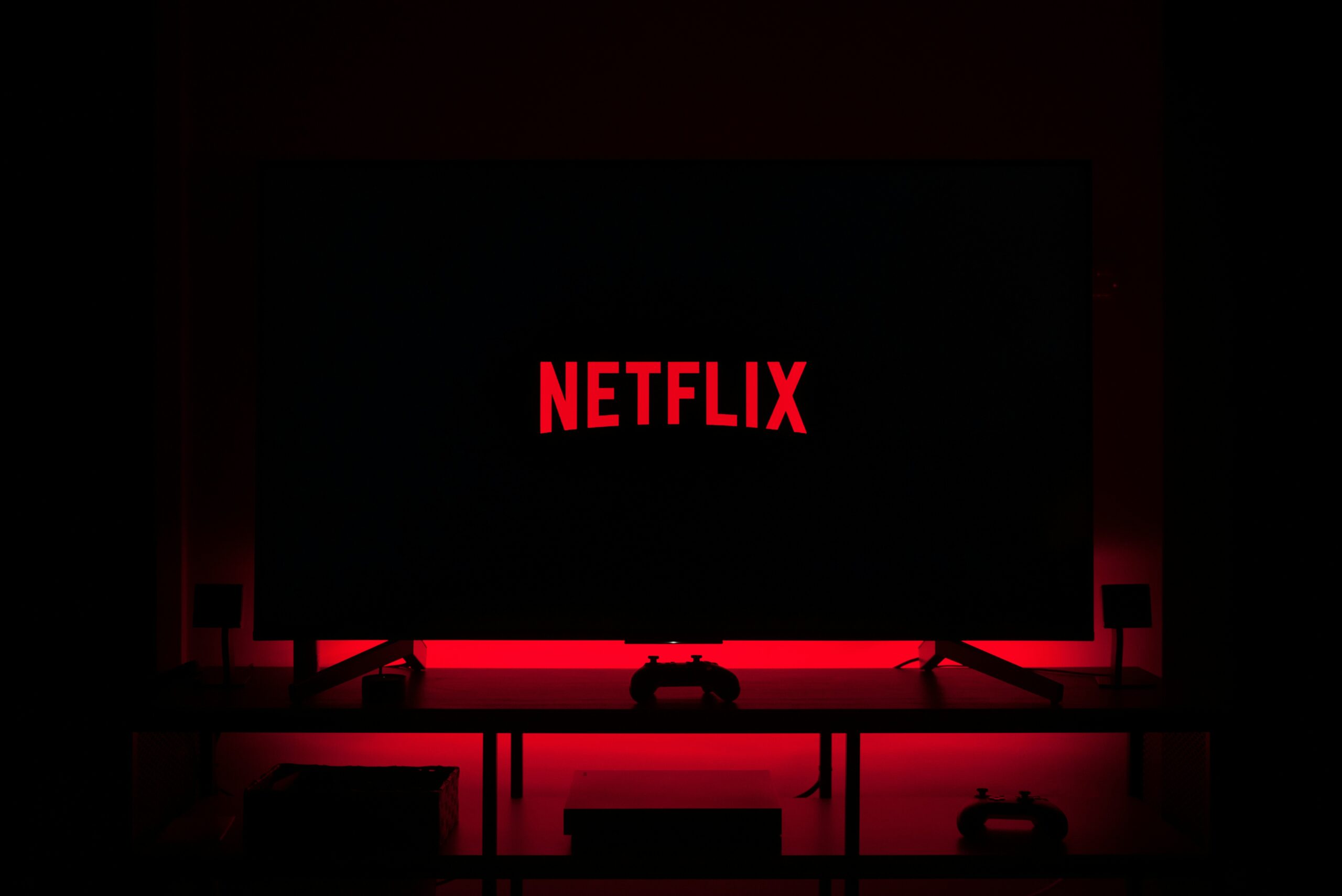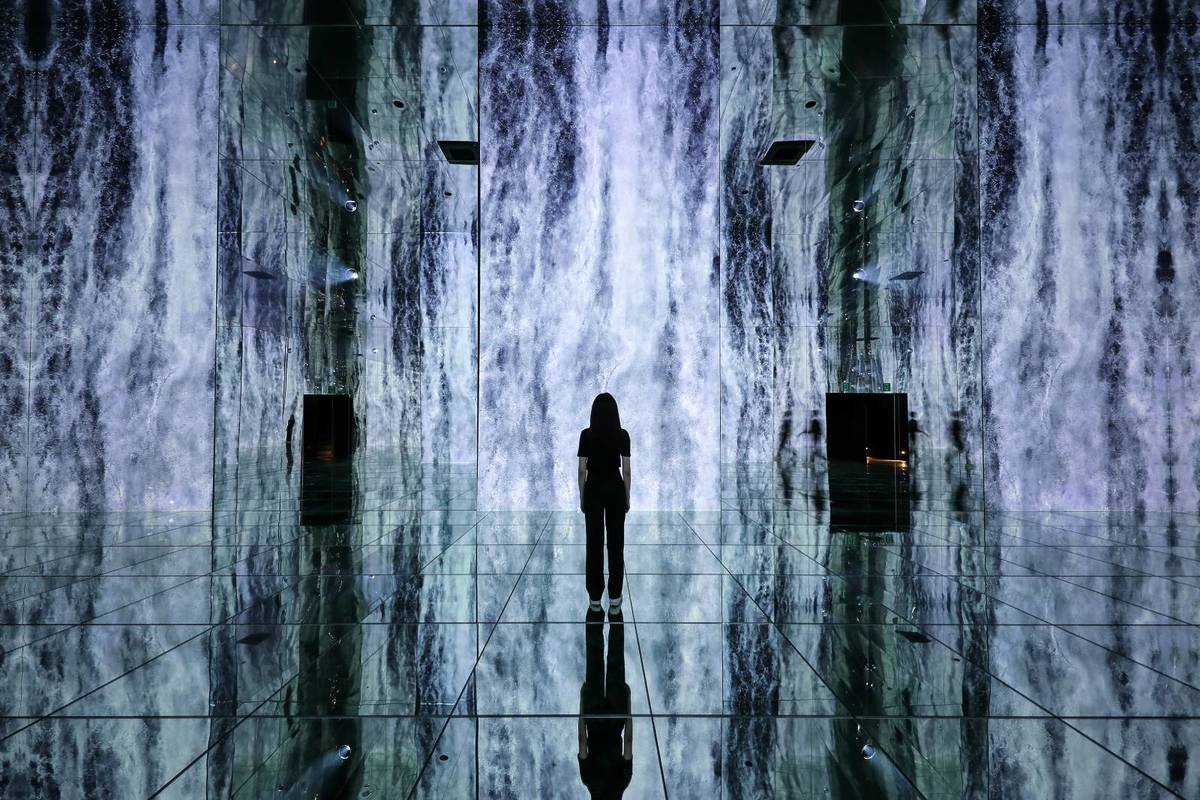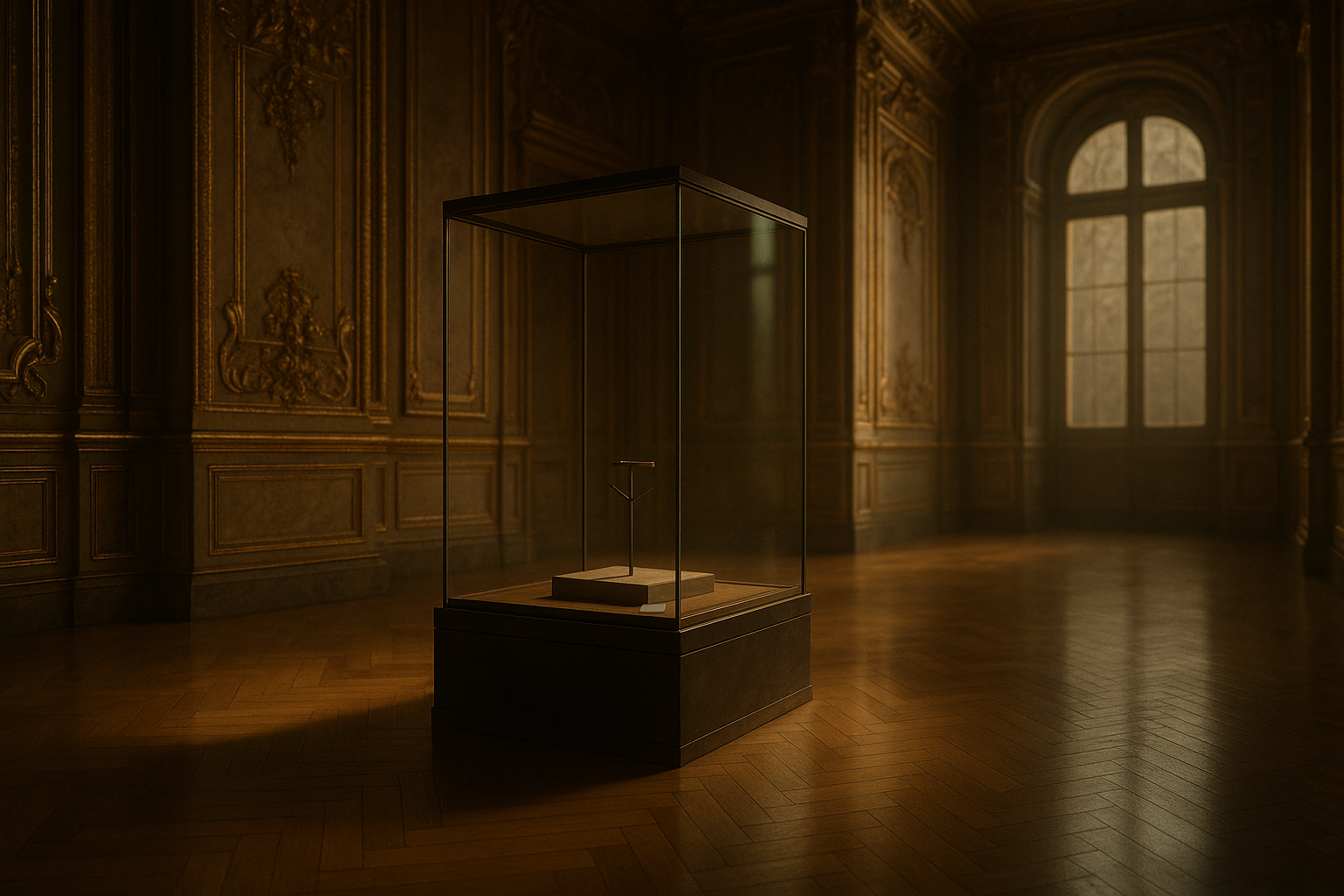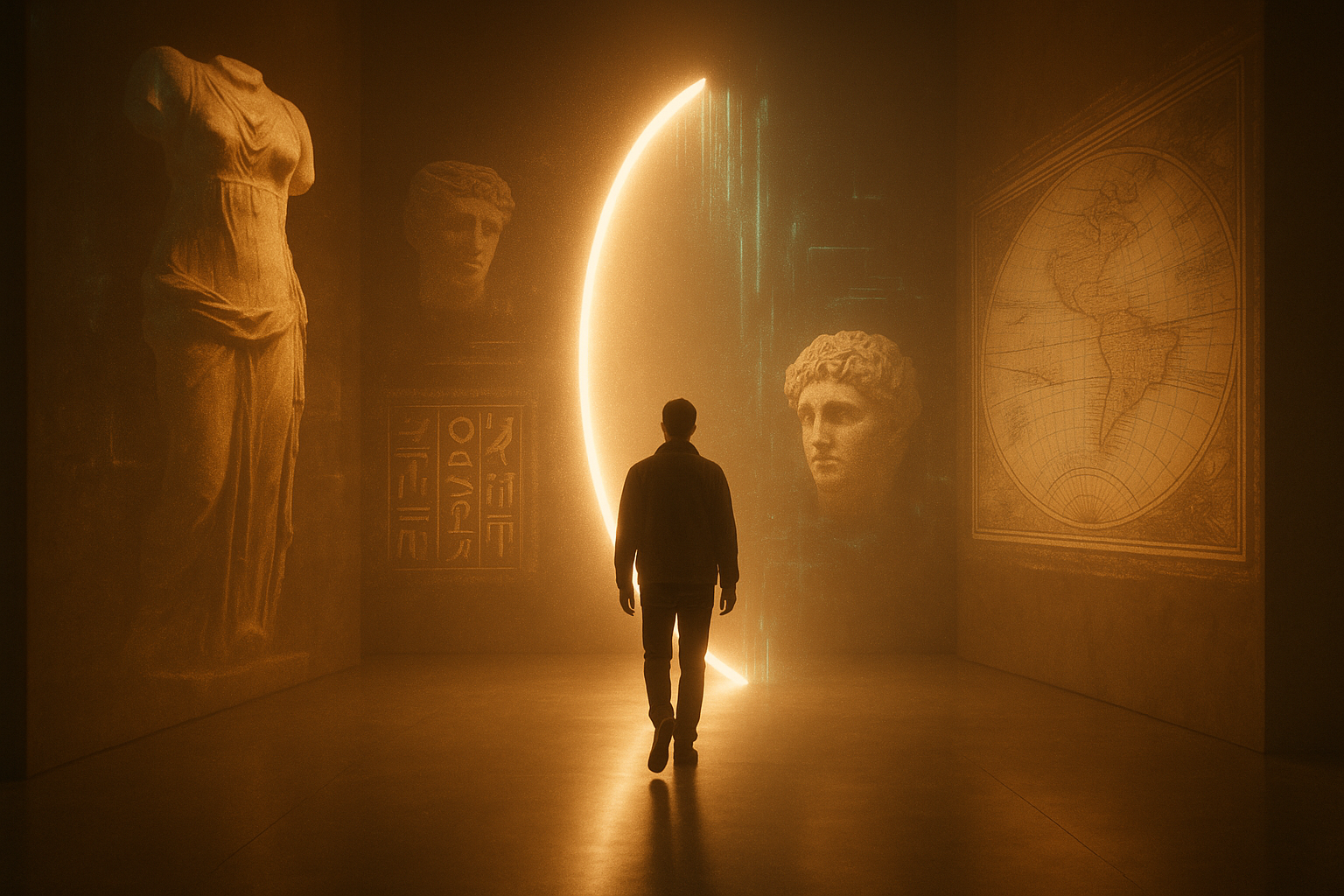Over the last quarter, the immersive landscape crossed a line: IP holders are moving from touring pop-ups to permanent, always-on experiences that live in prime retail real estate. The clearest signal is Netflix’s rollout of Netflix House, opening in Philadelphia on November 12, 2025 and Dallas on December 11, 2025, with Las Vegas slated for 2027. The company’s official announcement sets the tone: these are large, multi-attraction venues designed for repeat visits, not temporary stunts.
Local reporting has filled in the physical footprint. In King of Prussia, Netflix House takes over a two-story, ~100,000-sq-ft former Lord & Taylor box; in Dallas, the venue repurposes a former Belk space at Galleria Dallas, transforming a classic anchor into a fandom hub. Major outlets have locked the dates and the “free entry + paid attractions” model, confirming a hybrid precinct that blends spectacle with ticketed micro-experiences, food, retail and screenings. Netflix’s own FAQ goes out of its way to underline the shift: “We’re not a pop-up… a permanent fandom hangout.” Published hours run to midnight on weekends, telegraphing an entertainment-anchor posture rather than a museum schedule.
Universal has arrived at the same conclusion from a different angle. On August 14, 2025, Universal Destinations & Experiences opened Universal Horror Unleashed at AREA15 in Las Vegas, translating the seasonal appeal of haunt events into a 365-day business within a proven destination district. The attraction’s year-round status at AREA15, alongside that campus’s sustained visitor growth since 2020, reinforces the case for permanence over pop-up hype cycles.
Why now
Three forces converged. First, portfolio-ready IP: Netflix House can refresh programming without rebuilding the venue, rotating hits like Wednesday, ONE PIECE, Squid Game and Stranger Things to drive re-visitation on a predictable cadence. That rotation logic appears across Netflix’s announcement and mainstream coverage. Second, mall anchor reinvention: landlords are actively courting “visit engines” to replace legacy department stores and both initial Netflix Houses sit precisely where those anchors used to be. Third, location-based entertainment economics favor multi-spend, day-to-night venues; NBC and national-press coverage consistently frames these openings as part of a broader strategic shift to diversify revenue and smooth seasonality.
What the new model looks like
A permanent IP venue now behaves like a small entertainment district inside a mall box. General entry is free to maximize top-of-funnel, then guests opt into paid micro-attractions, screenings, dining and retail inside the precinct. Local and national outlets have previewed representative elements: mini-golf, VR zones, theatrical set-pieces and on-site hospitality under the Netflix Bites banner, with venue-specific mixes by city. Operating hours mirror leisure demand, with late evenings and weekend peaks. The intent is clear: design for repeatability, not one-and-done novelty.
Universal’s Las Vegas site applies the same logic to horror fandom, anchoring AREA15’s broader night-out ecosystem and keeping capacity productive year-round.
What this means for cultural operators and landlords
If you run a museum, gallery, or attraction, the bar has moved from “immersive room” to layered precinct. The winning recipe blends a free browse layer with a ladder of timed, ticketed experiences and meaningful hospitality, a structure Netflix is now normalizing in two of the most scrutinized malls in the United States. If you’re a landlord, Netflix House and Universal Horror Unleashed are live case studies for replacing inactive anchors with steady, cross-category demand that drives traffic to neighboring tenants.
Risks to watch
Permanent doesn’t mean static. The rotation schedule must produce genuinely new chapters, not surface-level reskins. That’s why Netflix and the press keep emphasizing distinct mixes by city and regular refreshes. Over-saturation is a risk in any “competitive socialising” corridor, so cadence and capacity have to be set by evidence, not FOMO. And capex should assume modular swaps, scenic that re-dresses fast, media that versions cheaply, and spaces that moonlight as event rooms, to avoid costly dark periods between seasons.
If this shift excites you, you’ll like what we’re building next. At Original Narratives, we craft historically grounded, multi-sensory experiences built for emotion and memory, not gimmicks. If you want the inside track on our next experience, behind-the-scenes builds, and opening dates, follow Original Narratives on your platform of choice and subscribe to our updates. You’ll be first to know when tickets drop and how to take part in the experience from day one.



